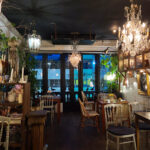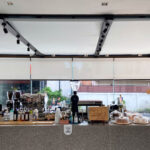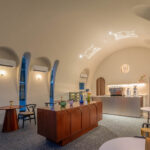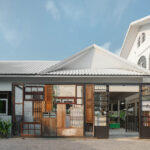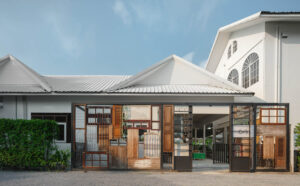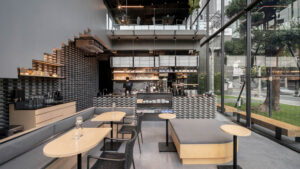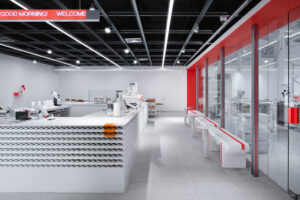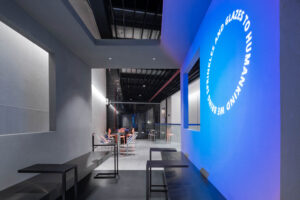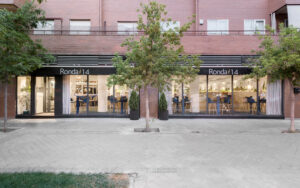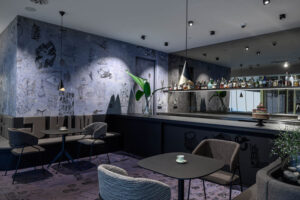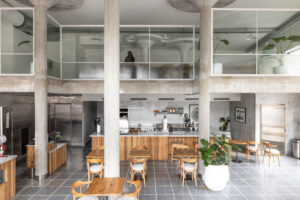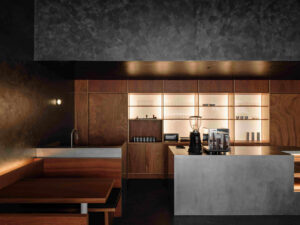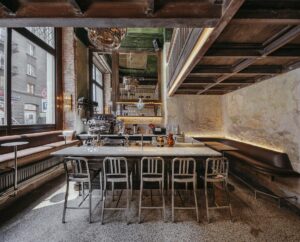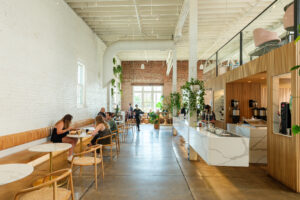Early BKK: A Community Café Built on Upcycling, Design, and Sustainability
In the heart of a Bangkok neighborhood, Early BKK stands as more than just a coffee shop—it’s a bold experiment in sustainable design and community engagement. The project was born from the vision of Kaytita Chaisuksiri, who sought to create an inclusive café that would introduce eco-conscious living to a multigenerational local community. Designed by Spacecraft Co., Ltd., with structural engineering by Aphichart Wongdee, the project explores the creative reuse of waste materials—from milk cartons and beer bottles to discarded oil tanks. In this interview, the Spacecraft team shares their design thinking, material research, and the unexpected beauty of trash.
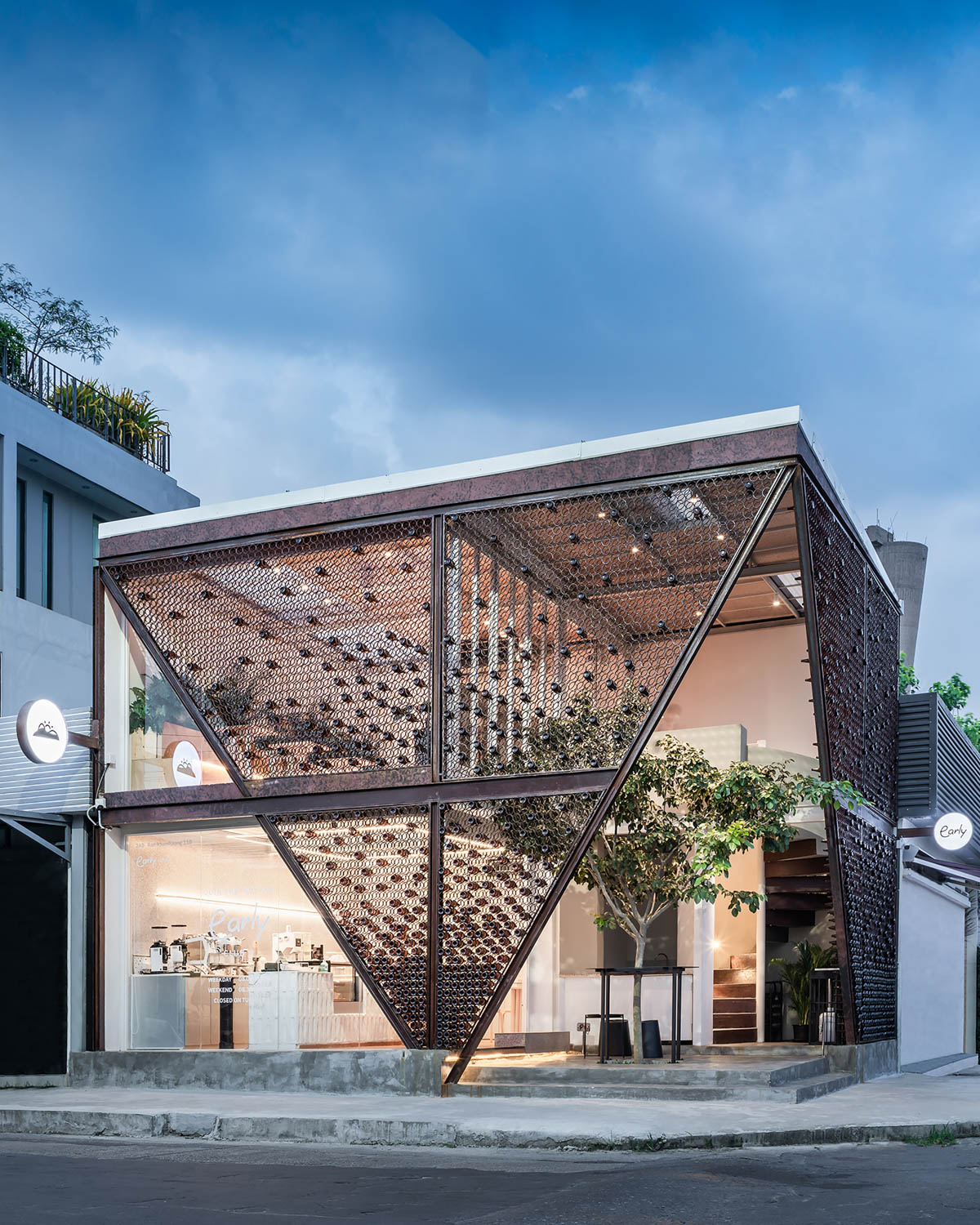
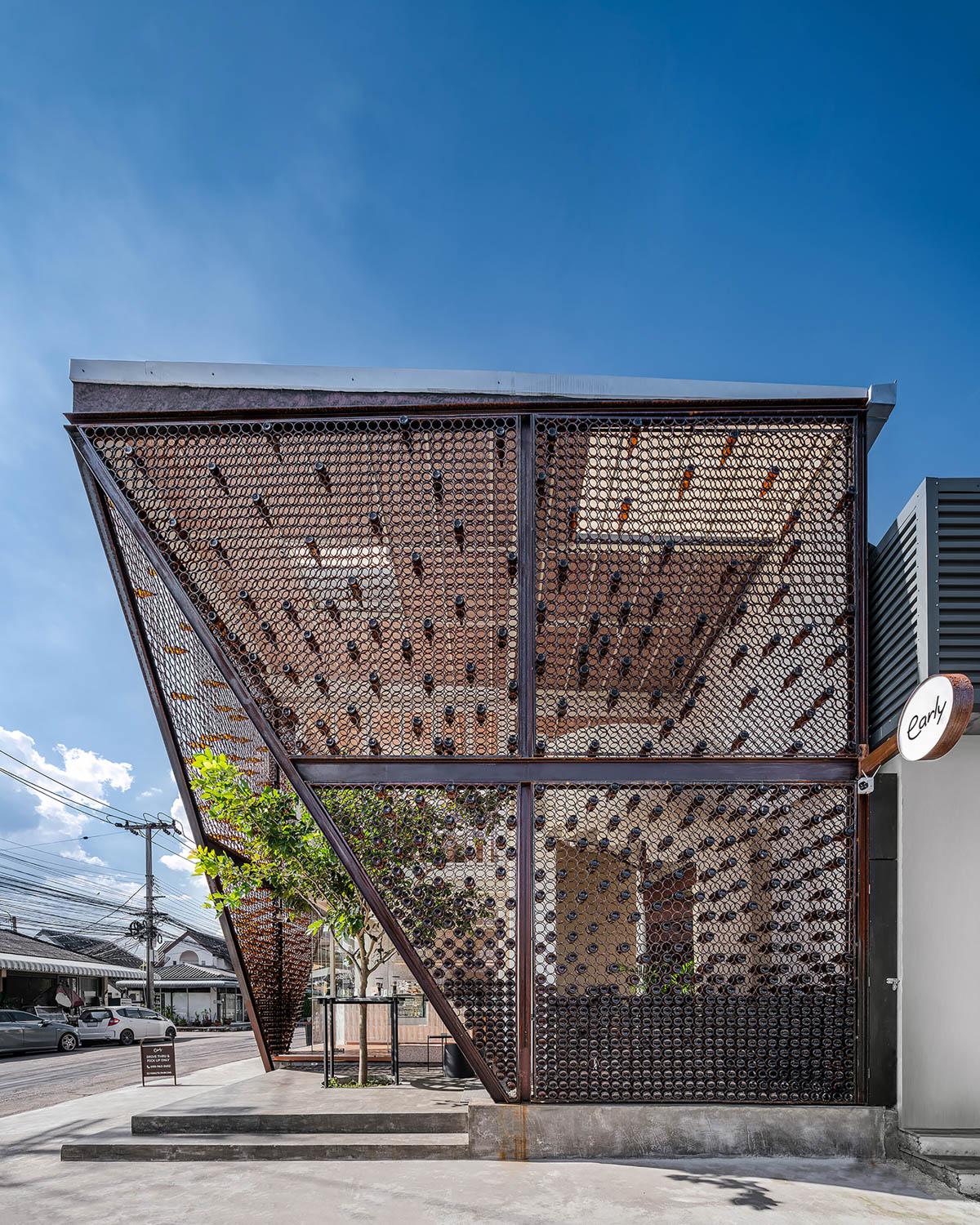
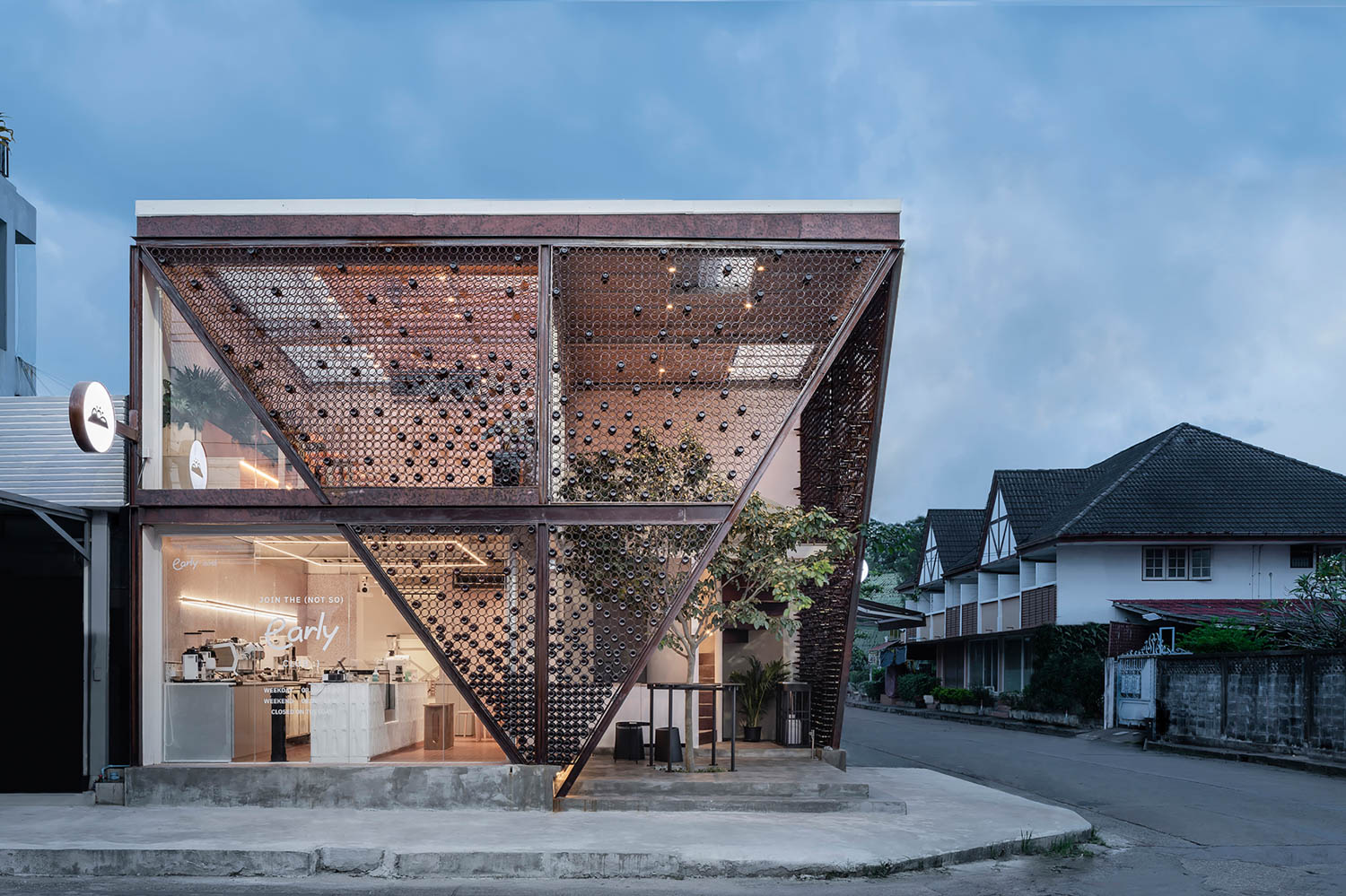
What was the original vision behind Early BKK, and how did it shape the design approach?
The vision came directly from the owner, Kaytita Chaisuksiri. She wasn’t focused on profit like most cafés—she wanted to build a green, community-based space that could be accessible to everyone: families, pets, neighbors, and visitors. That clear intention set the tone for the entire project. We knew from the start that sustainability and inclusivity had to be embedded into every decision, from the materials to the spatial planning. The goal was not just to serve coffee, but to spark a new way of thinking about waste and community.
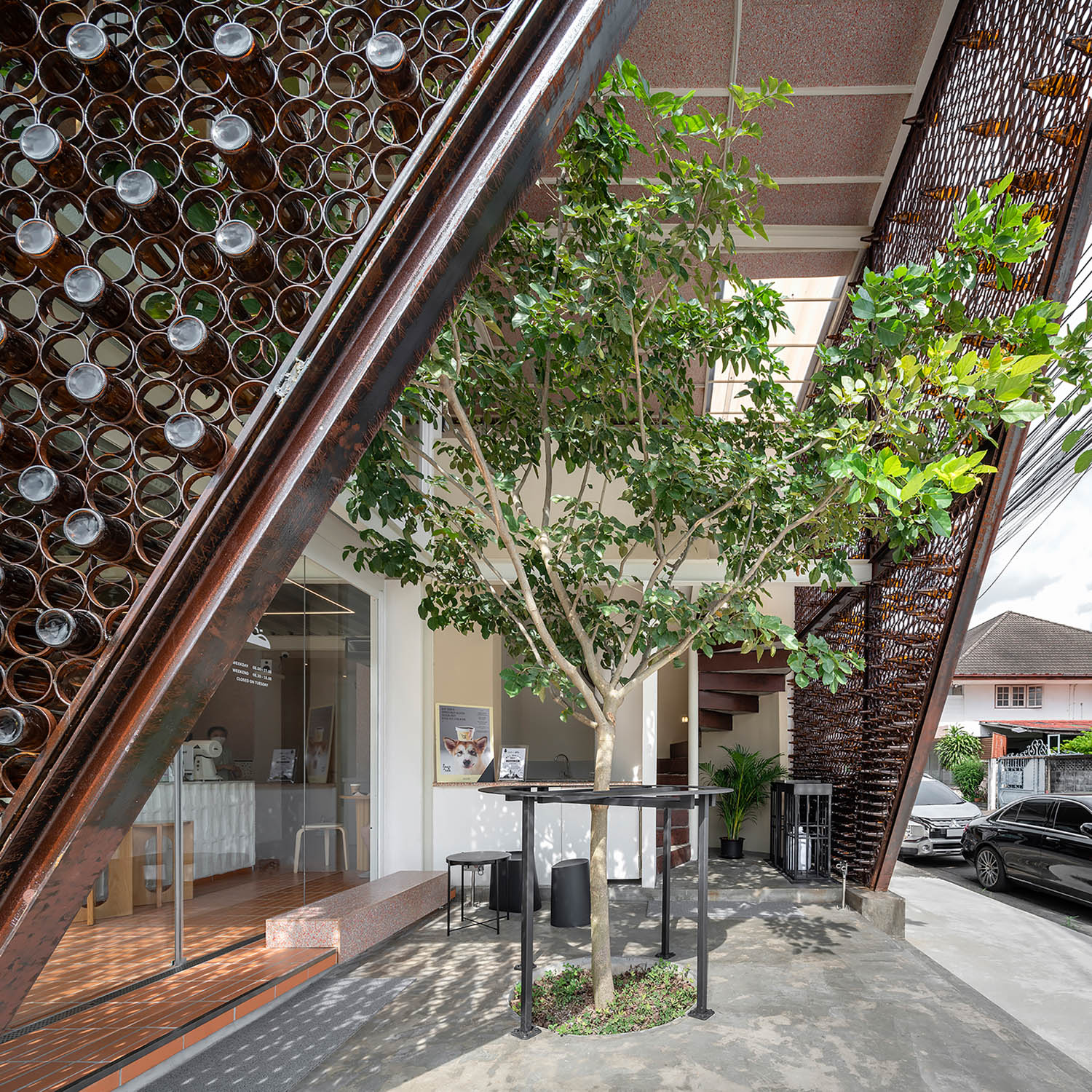
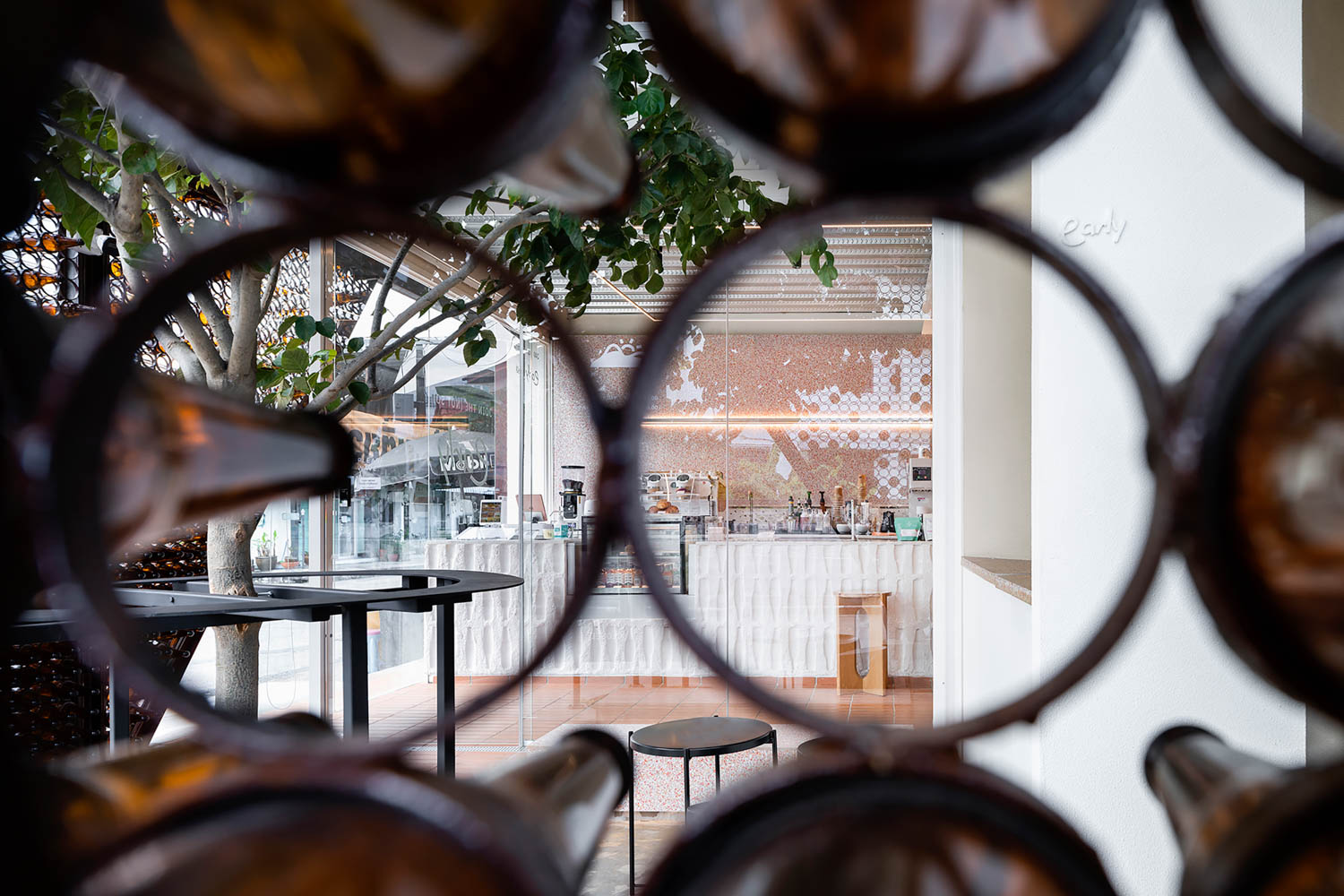
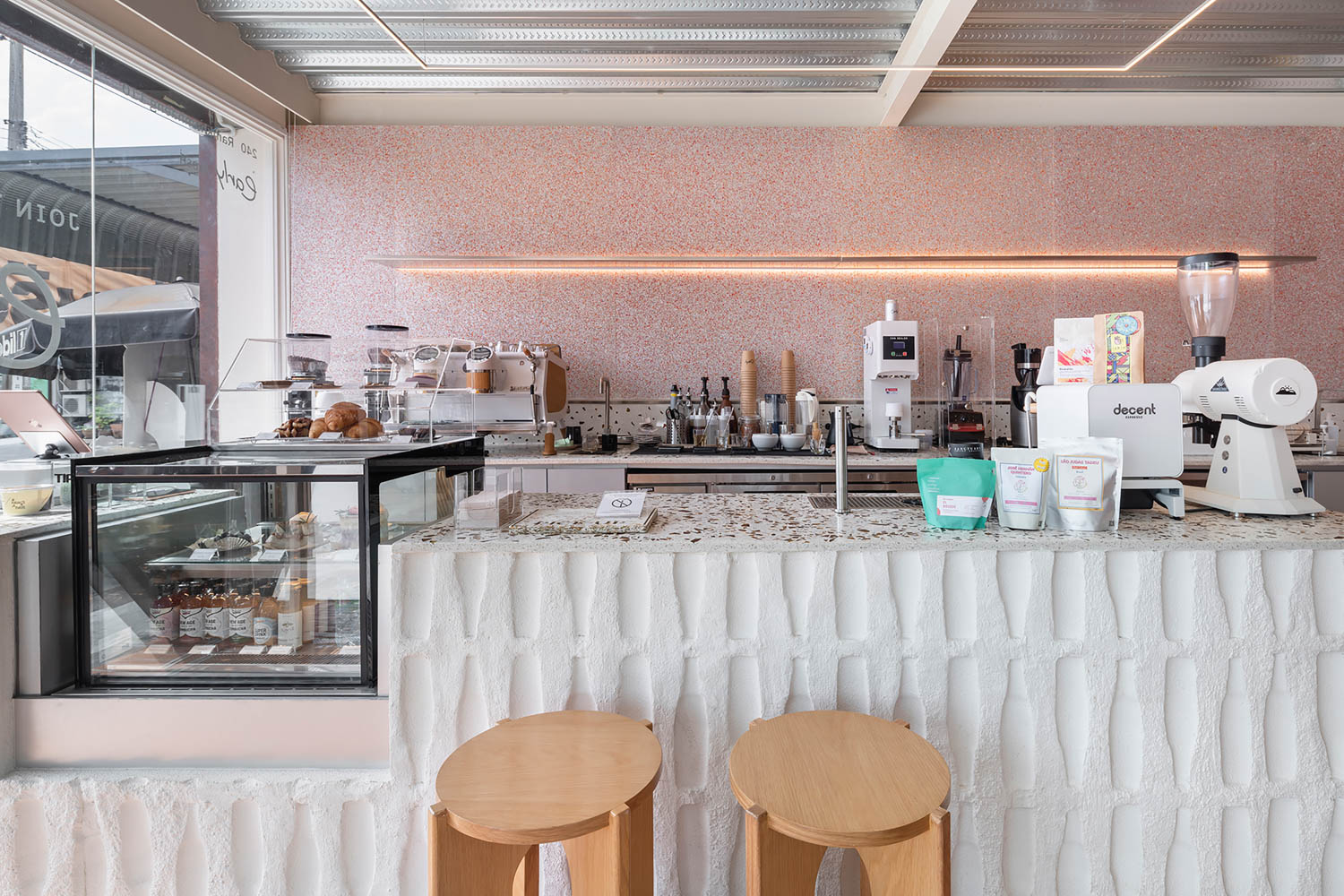
How did you begin to translate this sustainable concept into the architectural design?
We began with research into upcycled materials, looking specifically at what types of trash were common in the neighborhood. Containers like milk cartons and beer bottles quickly stood out—they’re everywhere, and usually overlooked. This led us to create a design system using a limited kit-of-parts built around these materials. It wasn’t just about using recycled elements—it was about turning them into key design features that tell a story, both structurally and aesthetically.

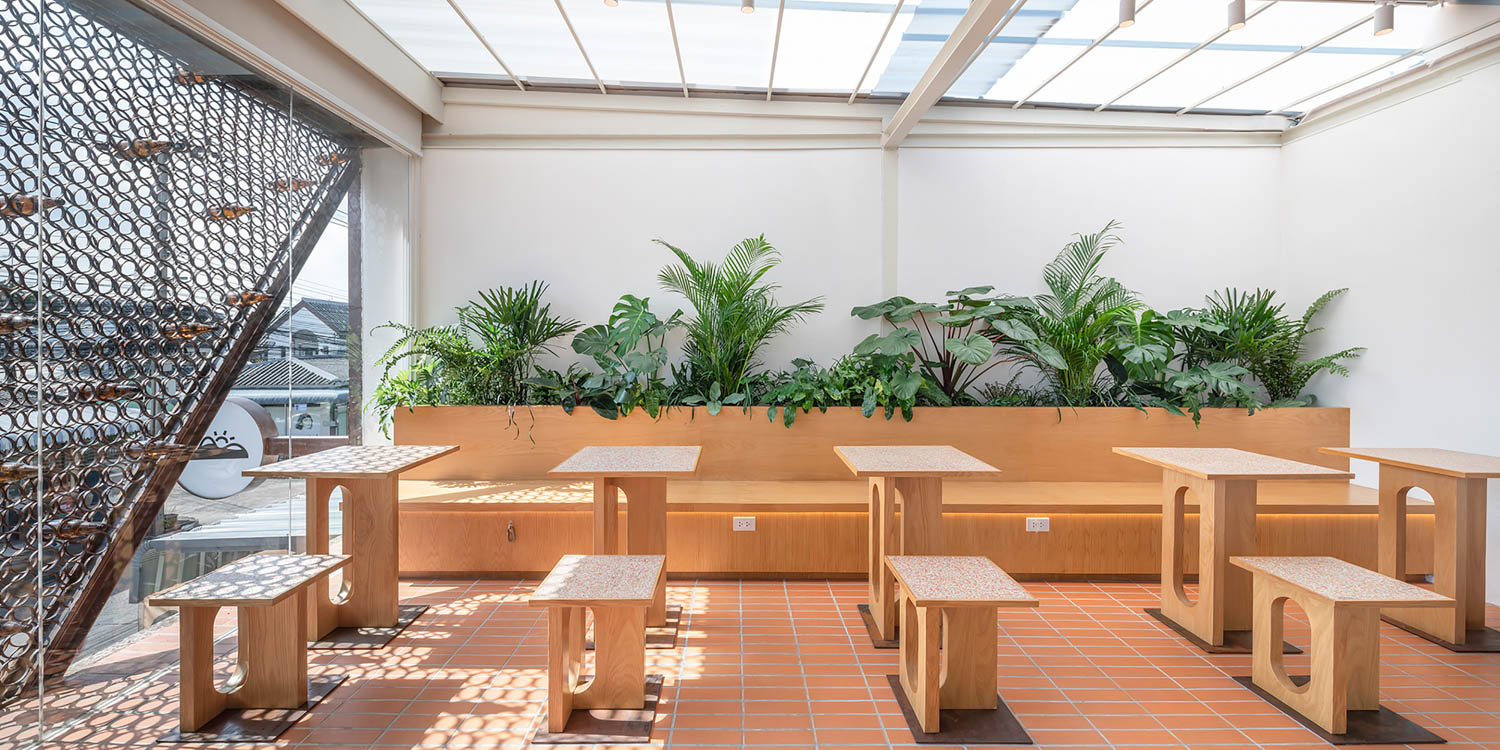
Can you tell us more about the materials you used—and how they were repurposed in innovative ways?
Absolutely. One of the biggest innovations was the use of re-board, a material made entirely from shredded milk cartons. We worked with a factory to produce it and used it extensively: on doors, ceilings, furniture, and more. We controlled the color scheme by selecting only orange and warm-toned cartons, which paired beautifully with the handmade brick tile flooring.
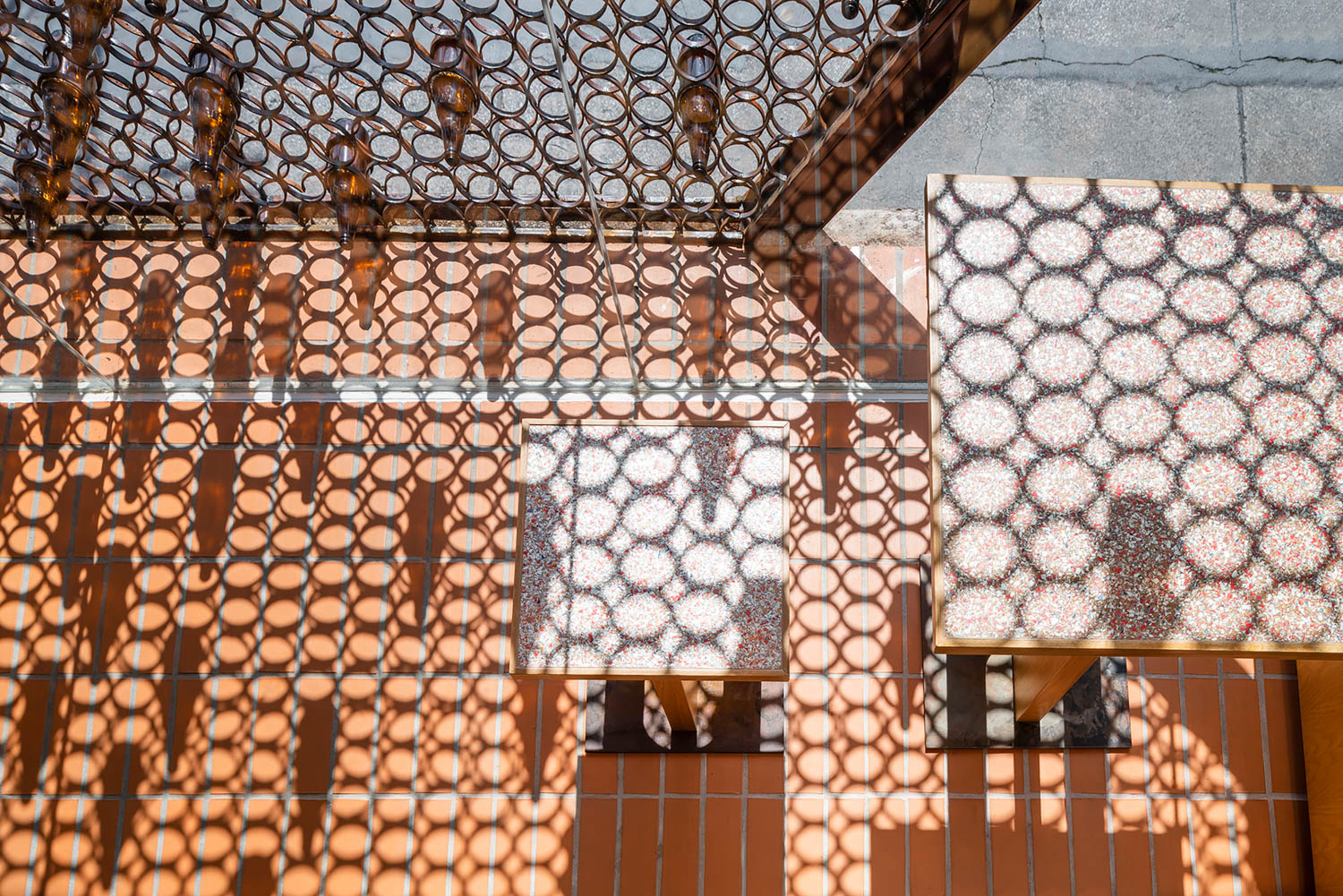
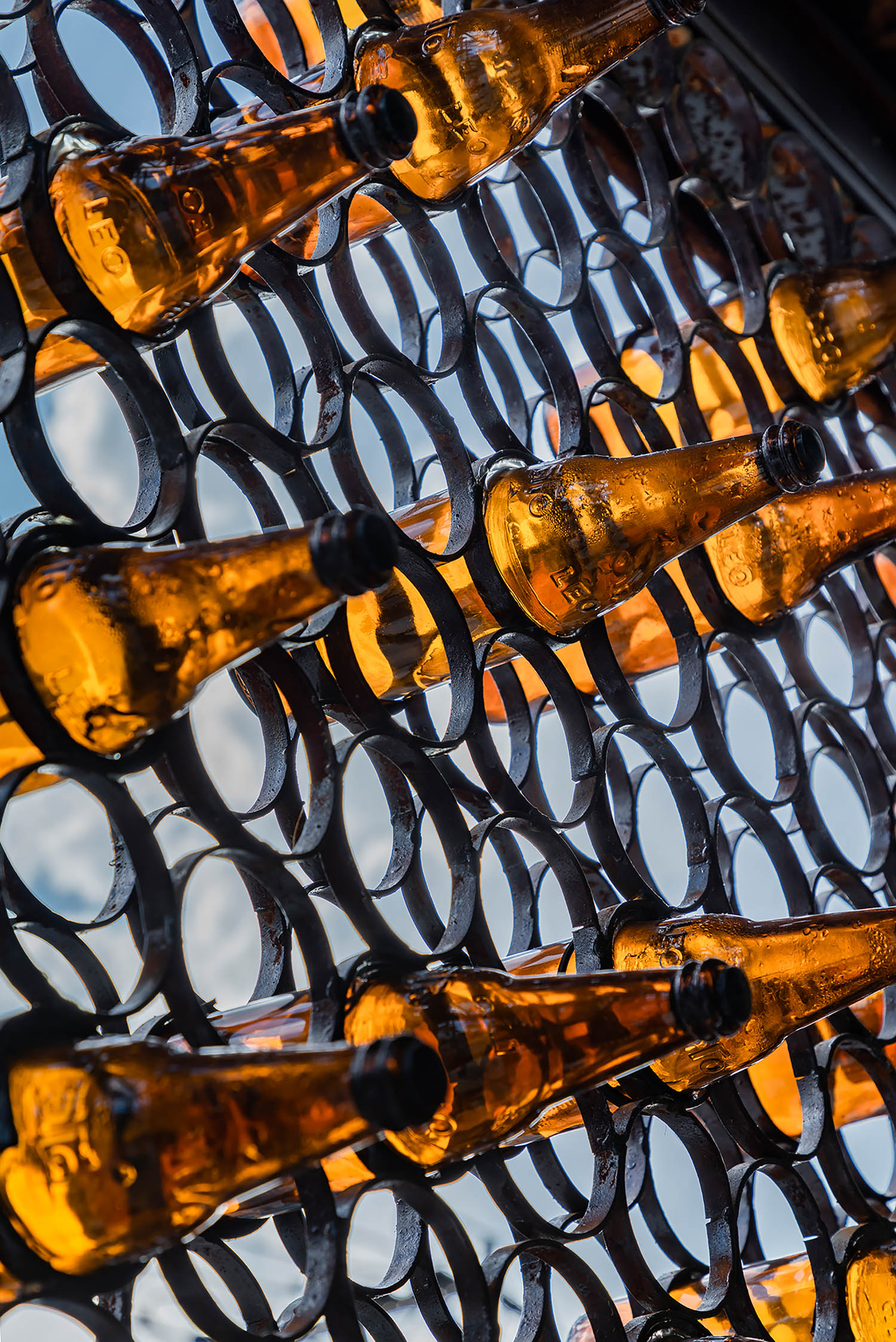
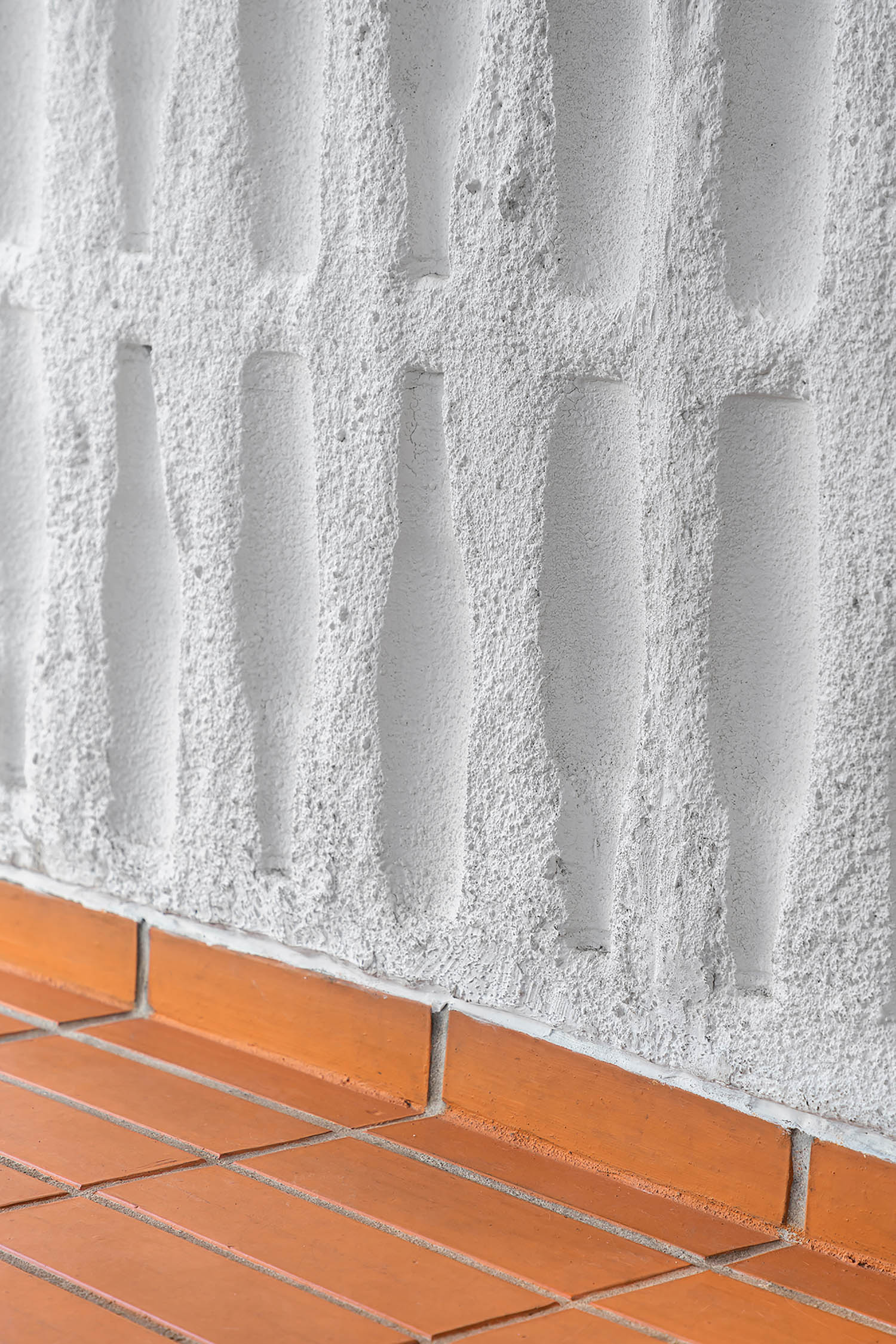
As for beer bottles, they were used in several creative ways:
- 600+ bottles were integrated into the façade using metal rings, creating a beautiful light-filtering effect.
- Broken bottles were added to terrazzo countertops and toilet floors.
- Others were embedded into concrete walls, forming what we called “bottle fossils“—a kind of textured memory of the material.
Even small details—like a used galvanized oil tank turned into a sink counter or glass bottles used as doorknobs—help reinforce the theme of thoughtful reuse.

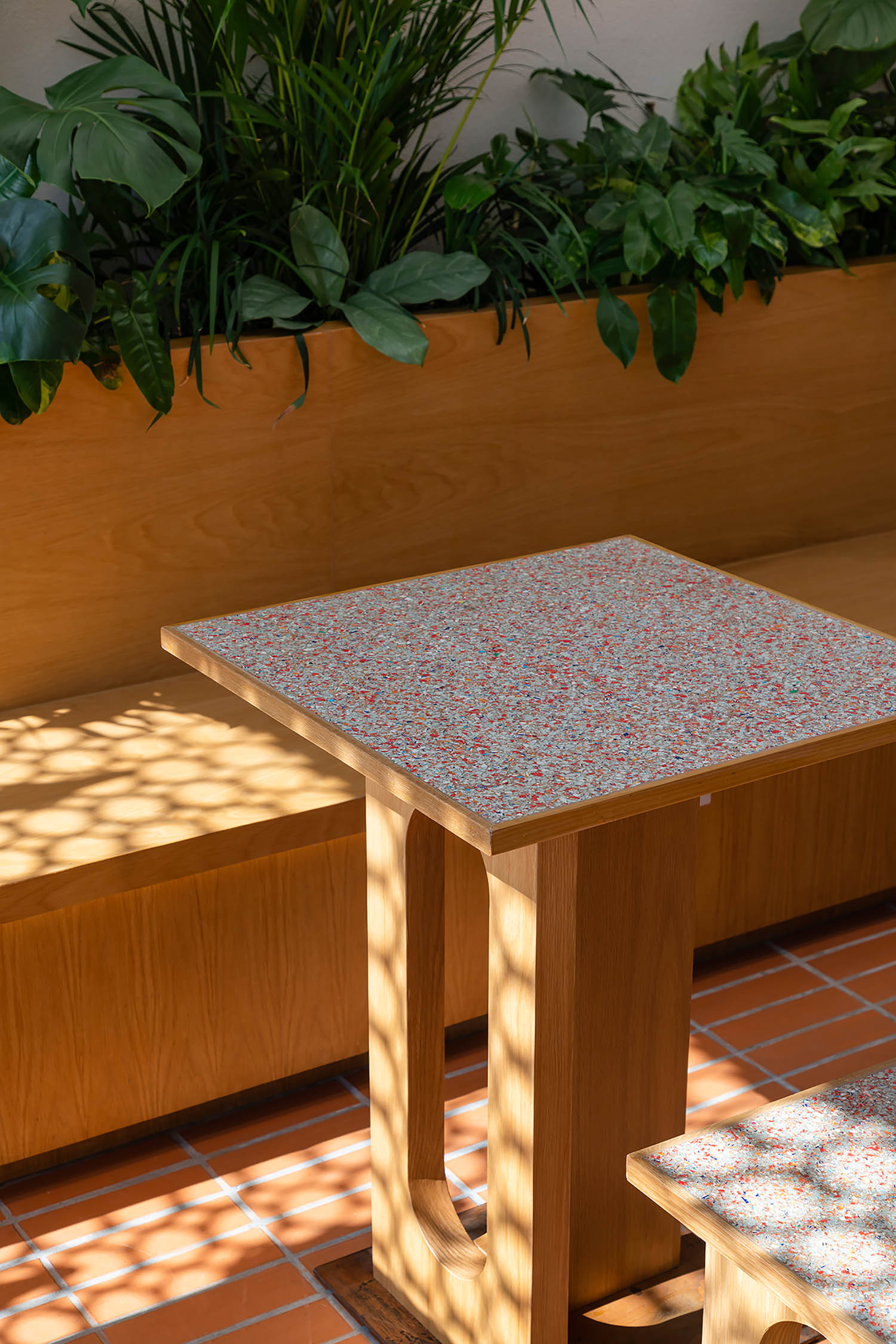
How does the architecture support the idea of inclusivity and connection within the community?
We designed a double-height courtyard at the corner entrance that includes a big tree and a pet parking area. This creates an open, friendly arrival space that feels welcoming and encourages interaction. The first floor includes a small coffee bar and a retail section that stocks refillable products, pet items, and second-hand goods—all tied into the green living ethos.
Upstairs, the second floor is more flexible. It’s primarily a seating area but can easily be converted into a workshop or gathering space. Large windows on both sides allow for natural ventilation, reducing the need for air conditioning. Everything from the layout to the furniture was chosen to foster comfort, reuse, and adaptability.
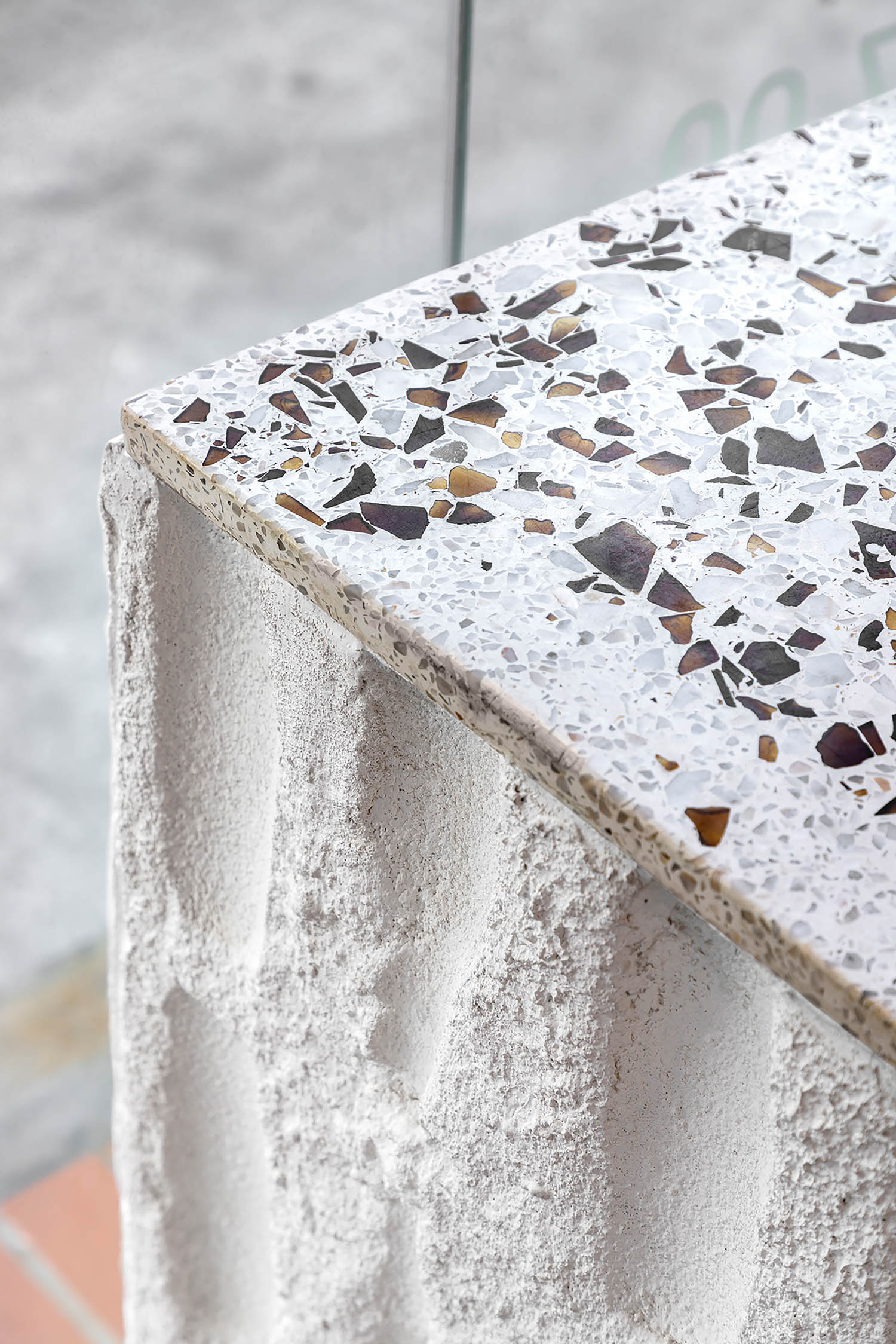
What green systems were integrated into the café beyond the materials themselves?
The green philosophy extends into daily operations as well. For instance:
- There are no plastic cups or straws.
- Customers who bring their own mugs get a discount.
- Waste separation and on-site recycling practices are implemented.
- Solar panels installed on the roof provide a sustainable energy source.
Early BKK isn’t just built sustainably—it’s run that way, too. The systems were designed to minimize waste, reduce environmental impact, and educate customers through experience, not signage.
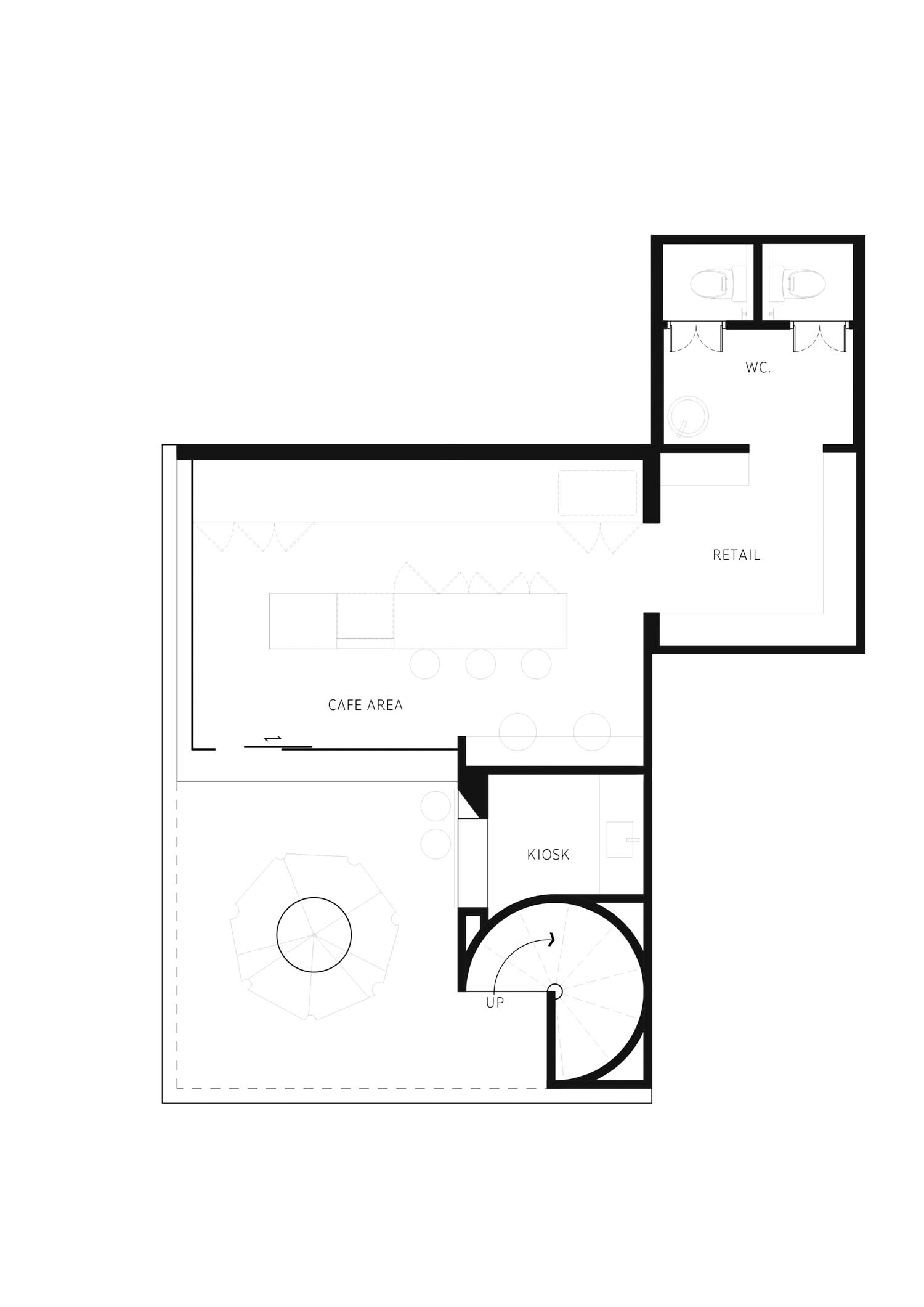
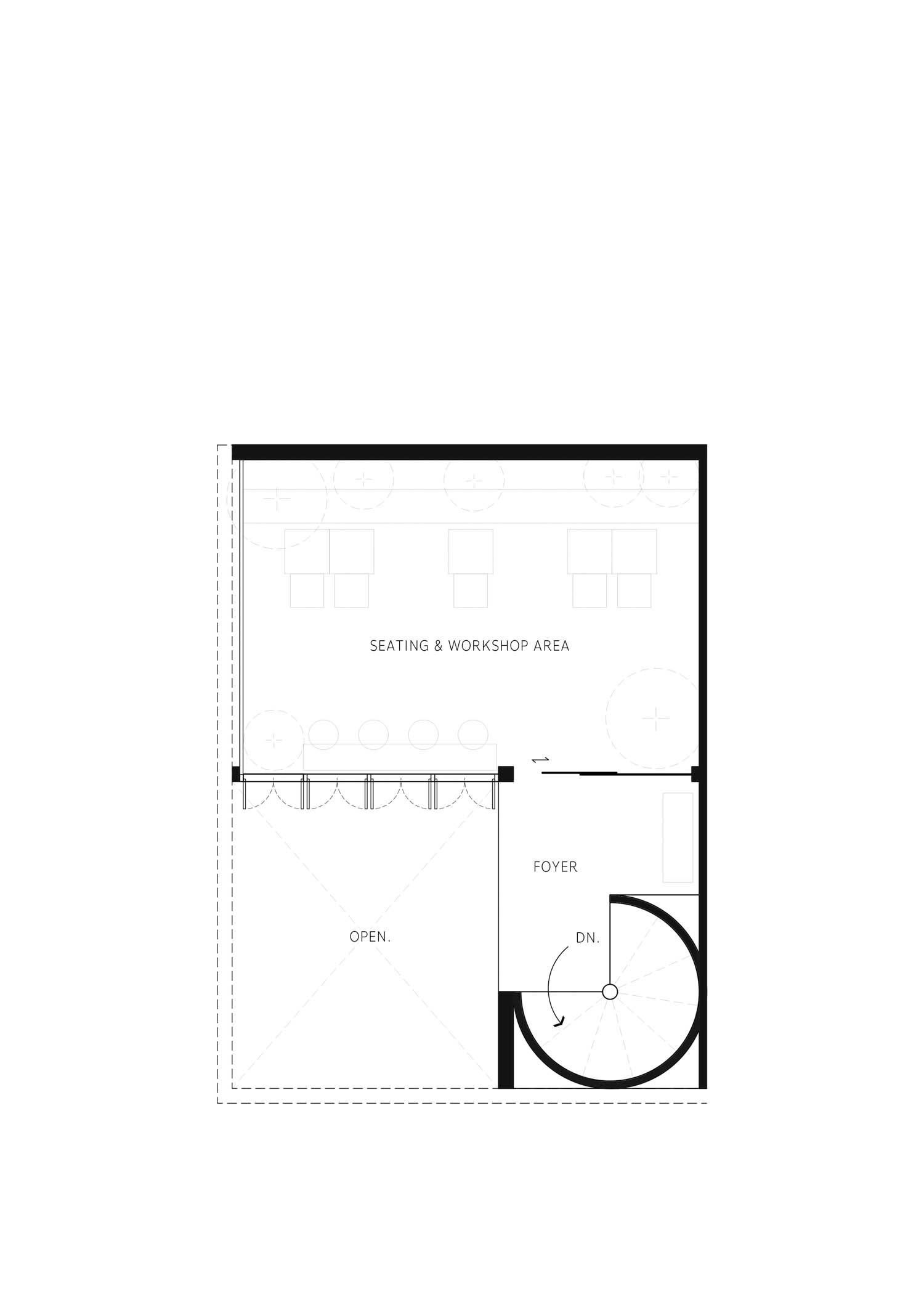
What do you hope visitors take away from their experience at Early BKK?
People might come for a coffee, but we hope they leave with a new perspective. The materials, the textures, the operational choices—they’re all meant to show that waste has value, and that sustainability can be both functional and beautiful. We believe in the power of small actions and clear intention to create social change. Early BKK is proof that thoughtful design can inspire a shift in how people think about their surroundings—and their responsibility to them.
Project Credits:
- Project: Early BKK
- Interior Architect & Architect: Spacecraft Co., Ltd
- Structural Engineer: Aphichart Wongdee
- Contact: [email protected]
- Website: www.spacecraftbkk.com
- Location: Bangkok, Thailand
- Project Area: 120 SQ.M.
- Year: 2022
- Photography: Thanapol Jongsiripipat

